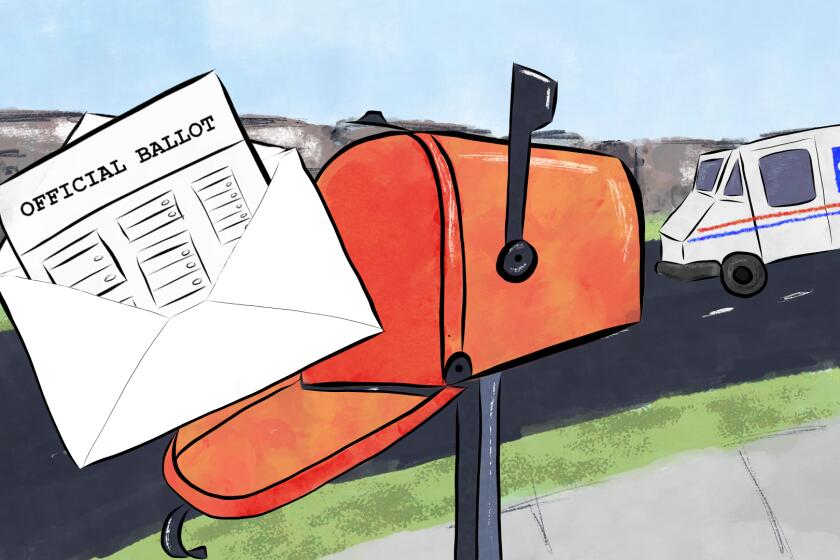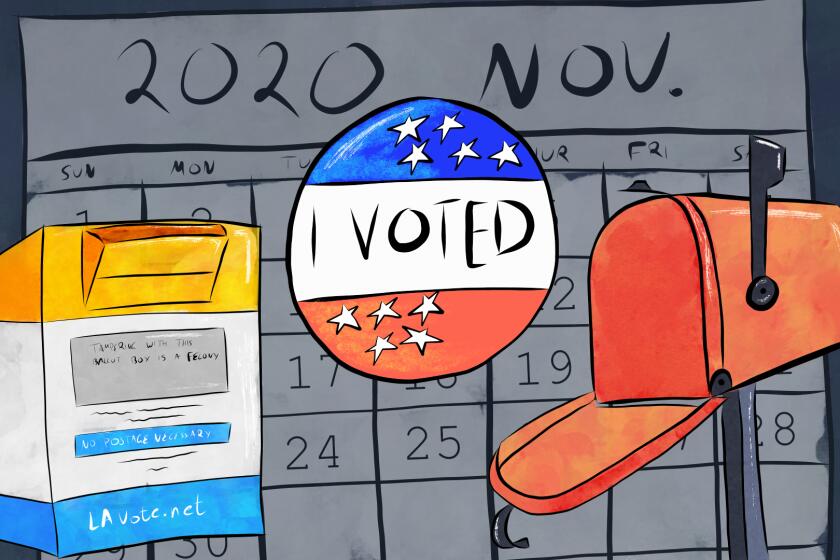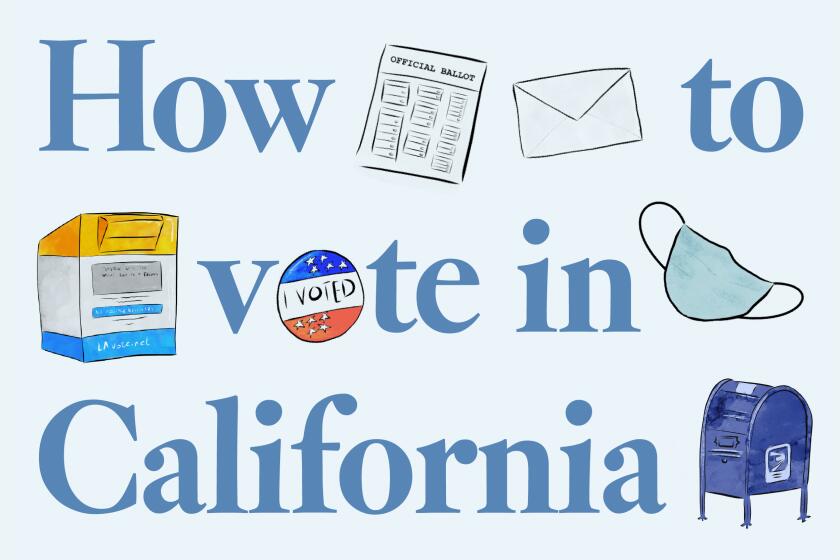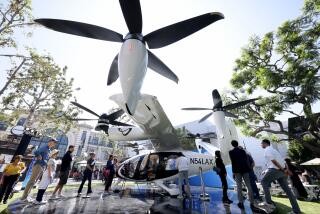Column: In Proposition 22’s battle between the old economy and the new, taxi drivers look for hope
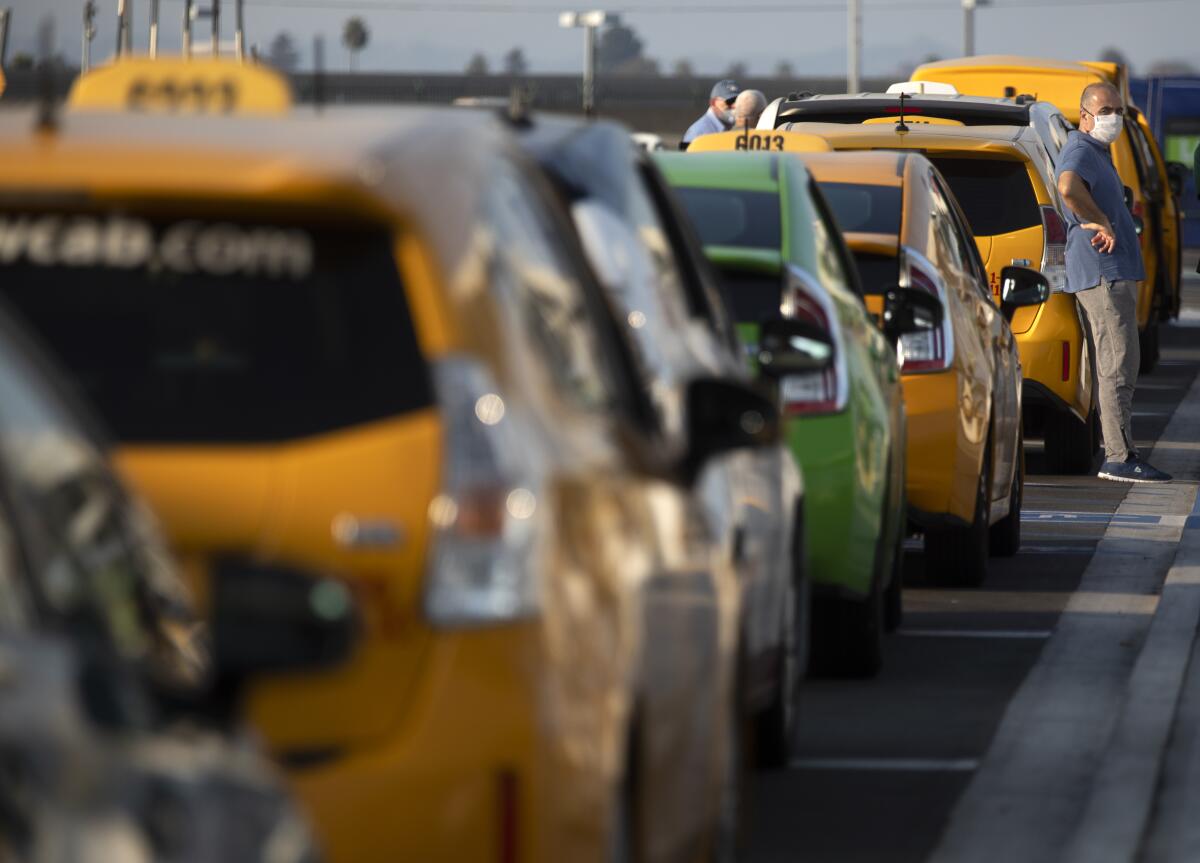
- Share via
The state of California is locked in a $200-million battle with some of the largest companies in the world over a ballot measure that could not only drastically affect Uber and Lyft market share but also change the nature of employment in California.
But Feliz Melkumyan, a taxi driver since 1999, is at peace. The former physicist and Armenian immigrant from Uzbekistan has long enjoyed protection of a higher power.
“If you want to make money, all you need to do is be loved by the taxi gods. And the taxi gods love me,” Melkumyan said, without a trace of irony. “I know that for sure.”
And what can a taxi driver do in 2020 except appeal to a higher power?

Proponents of Proposition 22, which seeks to exempt ride-hailing companies from a new state law that would require them to classify their drivers as employees and pay benefits, have raised $187.5 million to the opposition’s $15 million. In a rapidly evolving modern economy, gig workers say they need flexibility and multiple forms of employment and income to stay afloat.
But that reality clashes with the traditional terms of the American social contract — the idea that with enough hard work, every job could become a comfortable career, with health benefits and enough income to raise a family and purchase a home.
And in this proxy battle between the old economy and the new, taxi drivers in Los Angeles — almost entirely composed of immigrants — it seems, are an acceptable casualty.
So last week I decided to pay a visit to the asphalt lowlands of Los Angeles International Airport, where the conflict unfolds in miniature at two separate parking lots just a few yards from each other where drivers compete for arriving travelers.
It’s a lopsided competition, and the advent of LAX-it, the airport’s new off-site pickup for cars and taxis, has had the unintended but brutal side effect of throwing that imbalance into sharp contrast. Shuttles unload travelers at a crossroads where signs instruct them to turn right for ride-hail drivers and left for taxis. I’ve never seen anyone turn left.
Ride-hail drivers wait in a massive lot about five times the size of the taxi driver lot, and the waits are much shorter. Perhaps unsurprisingly, every ride-haildriver I spoke to, many of whom were also immigrants, was in favor of Proposition 22.
No one wanted to lose the flexibility of their jobs, which helps them pay bills but also have a completely different lifestyle. They spoke of trips to Las Vegas, vacations whenever you want it, and even funding start-ups and apps with ride-hail income.
Gustavo Sanchez, 32, said he had no desire to formalize his employment as a driver. His last job before driving for a ride-hailing company was for minimum wage at an Olive Garden, and to him there’s no argument as to which job offered the better lifestyle.
“I don’t want to have a boss telling me when to show up and how much to work and what to do, dealing with angry customers,” Sanchez said. “We need to evolve with the technology.”
Also unsurprisingly, every taxi driver I spoke to was against Proposition 22, though many feel resisting it is futile. Taxi rides have plummeted since 2012, the year ride-hailing companies set up shop, and taxi drivers have gotten little help from policy makers.
Taxi drivers initially protested the end of curbside pickup, which had been their main competitive advantage at LAX. Some drivers I spoke to floated the idea of taking up a collection among the drivers and hiring a lawyer, but they are simply outnumbered. Uber and Lyft simply have more drivers, more attorneys and more support.
It’s been hard for some drivers to see what separates them from ride-hail drivers aside from a coat of paint, especially those with taxi driver friends who have simply repainted their cars and begun to drive for Uber.
And they can’t help but notice that many of the needed regulations for ride-hailing companies — requirements for background checks, accountability for crimes committed in vehicles, the provision of benefits and set hours — bear a striking resemblance to laws that the companies ignored in the first place, laws that taxi companies have been following.
Melkumyan offered a blunt summary of the situation.
“This is America. If you have money, you can pay to have your own rules. If you don’t have money, shut up!”
At LAX, taxi and ride-hail drivers function symbiotically. First, arriving passengers call Uber and Lyft drivers, and those who accept the standard fare rates line up at the LAX-it lot. When the price surges, another wave of ride-hail drivers line up to collect the premium fares.
After the ride-hailing price has been surging for a while, or if it gets too high, or if the lines for the ride-hail drivers get too long, some travelers finally turn left and enter the taxi line. Then, and only then, does the long line of taxis in the lot begin to move.
The pace is frustratingly slow, more the speed of a daylong tailgate than rush-hour traffic. Many younger drivers couldn’t take the wait and switched to Uber, said Jesus Flores, 54, of Northridge.
“Older guys, we don’t mind waiting,” Flores said with a smile.
Flores has been driving a cab for the last five years, his second career after traveling the country to sell educational software. A Mexican American in a taxi industry dominated by Armenians, Iranians, Bangladeshis and Nigerians, he’s amused to be in the relatively unfamiliar position of being a minority. His skin is a particularly ambiguous shade of brown and everyone tends to assume that he is a countryman, so he has good relationships with everyone.
He bears no ill will toward the ride-hailing companies, and explains that many taxi drivers invested in their vehicles and are still trying to pay them off. Older drivers prefer taxis because they’re more profitable per mile. And with language barriers, it’s also harder for them to provide the type of chatty, five-starred service people have come to expect from ride-hail drivers.
To survive, the drivers try to look out for one another, giving advice and sharing opportunities. A day at LAX is worth about $300 compared with a regular day’s earnings of $100 or less. Taxi drivers are allowed to park there only once every five days in order to spread the earnings equitably.
Many of the drivers know each other and pass the time drinking coffee and smoking cigarettes. There are playful elbows and fist bumps, even between Azerbaijani and Armenian drivers as a war rages anew in their homelands over the contested territory of Nagorno-Karabakh.
Sergey Pogosov, a taxi driver since 1999, is Armenian but he was born in Azerbaijan and grew up in Russia. He lost his uncle to the last conflict between Azerbaijan and Armenia. His grandma lives in the contested region, which Armenians call Artsakh. He remembers visiting her village — the second highest on the mountain — every summer and watching the clouds glide beneath his feet.
“No one will win. It will only be done. I don’t have hate for the Azerbaijani people. I don’t care which country they decide Artsakh is a part of. I just want to be able to visit my grandma’s village again,” Pogosov said.
Pogosov is weary of the conflict. He came to the U.S. for a break.
“When I came to Russia, they said go back to Azerbaijan. In Azerbaijan, they said go back to Armenia. But when I came to the U.S., no one said anything, and that’s why I am here.”
During our conversation, he suddenly breaks into a smile of recognition.
“See, he is Azerbaijani,” Pogosov said, pointing at another cab driver. “We are friends. I haven’t seen him in months,” and then he ends our talk to go catch up.
Armenians once dominated the taxi industry in Los Angeles, but not anymore, Pogosov said. Armenian taxi companies were dealt a huge blow when they were shut out of the valuable tourist market of Santa Monica in 2011, when the city voted to narrow its list of approved taxi providers and failed to approve any Armenian taxi companies. The taxi companies sued the city alleging discrimination and lost.
More Bangladeshi and African drivers have entered the industry over the last few years. And Bell Cab has recently become popular in Koreatown, where there are a lot of older, language-isolated residents who can’t use ride-hailing apps. The company is known for having a Korean-speaking dispatcher and about 25% Korean drivers, according Kyung Lim, 62, who drives for Bell Cab.
Flores thinks Proposition 22 will pass, and he’s accepted it. He’s still making money, and he thinks there will always be a need for taxis.
Immigrants have long remained in jobs that our economy has moved past because they don’t have the same economic flexibility as workers born in America. Behind a language barrier, technology tends to lag a generation behind. That’s why there are still DVD rental stores in immigrant enclaves, why people still pay their Department of Water & Power bills and parking tickets in person and why the taxicabs still gather in a small lot near LAX.
A common ethos among Silicon Valley chief executives is “move fast and break things,” and Uber and Lyft have certainly delivered on that. Ride-hailing companies have destroyed the taxi industry very quickly.
But in every economy, there are people who can move fast and people who have no choice but to move slow. We need to make room for both.
